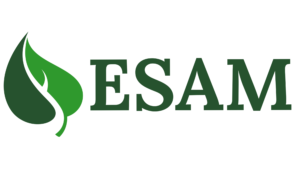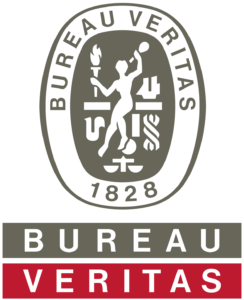Lunch & Learn (Archived)
PFAS, Total Organic Precursors (TOPs) and Total Organic Fluorine (TOF): “What’s the difference and when to use one over the other?”
23 February 2021
ESAM would like to thank Terry Obal, PhD, CChem, of Bureau Veritas Laboratories and all those who participated in this lunch & learn. The presentation can be downloaded at the link below:
Abstract
Over the past ten years, there has been an extraordinary amount of attention focused on perfluorooctane sulfonic acid (PFOS), perfluorooctanoic acid (PFOA) and related per- and polyfluorinated alkyl substances (PFAS), particularly with respect to their characterization, delineation, management and regulation in the environment. Environmental stakeholders are continually developing a better understanding of: occurrence, exposure and toxicity; proper sampling and analysis protocols; and remedial options.
From an analytical standpoint, testing for PFAS has been primarily through liquid chromatography coupled with tandem mass spectrometry (LC/MS/MS). As a “targeted” analytical technique, the results are limited to a fixed set of parameters. In other words, the results do not necessarily provide a comprehensive measure of the potential magnitude of the total pool of PFAS that may exist in contaminated soils and water, nor does it measure the potential for PFAS formation due to natural transformation of precursor compounds over time to the regulated end products.
In an attempt to identify the presence of other, non-target PFAS present in a contaminated sample, the total oxidizable precursors (TOPs) assay was developed. More recently, there has been a focus by laboratories to develop and validate lower cost alternatives that also provide a more comprehensive measure of total PFAS impact. This has resulted in several methods for measuring total organic fluorine (TOF) as a proxy for total PFAS contamination.
Each of these analytical approaches offers distinct advantages for environmental practitioners. At the same time, the limitations of each need to be considered when assessing their utility in different situations. This presentation will describe each of these analytical techniques, highlighting their advantages and limitations and describing specific situations where it is advantageous to use one over the other, or to have one complement the other.
Presenter Biography
Dr. Terry Obal is Chief Science Advisor at Bureau Veritas Laboratories. Terry’s mandate is to ensure that good science and its value are fully available to our customers, regulators and the public by providing technical representation, consultative support and expert opinions for Bureau Veritas clients.
Dr. Obal has been integral in the development and commercialization of robust, reliable and defensible methods for the determination of per-and polyfluorinated alkyl substances (PFAS). He is frequently called upon by key environmental stakeholders in the United States and Canada to provide scientific input and expertise on PFAS.
Terry has over 30 years of experience in analytical chemistry, laboratory management and environmental chemical consulting. He is currently: Chair of the Board of Directors of the Ontario Environmental Industry Association (ONEIA); Vice-Chair of the Federation of Canada’s Professional Chemists (FCPC); and is an Ontario Chartered Chemist (C.Chem.) through the Association of the Chemical Profession of Ontario (ACPO).



